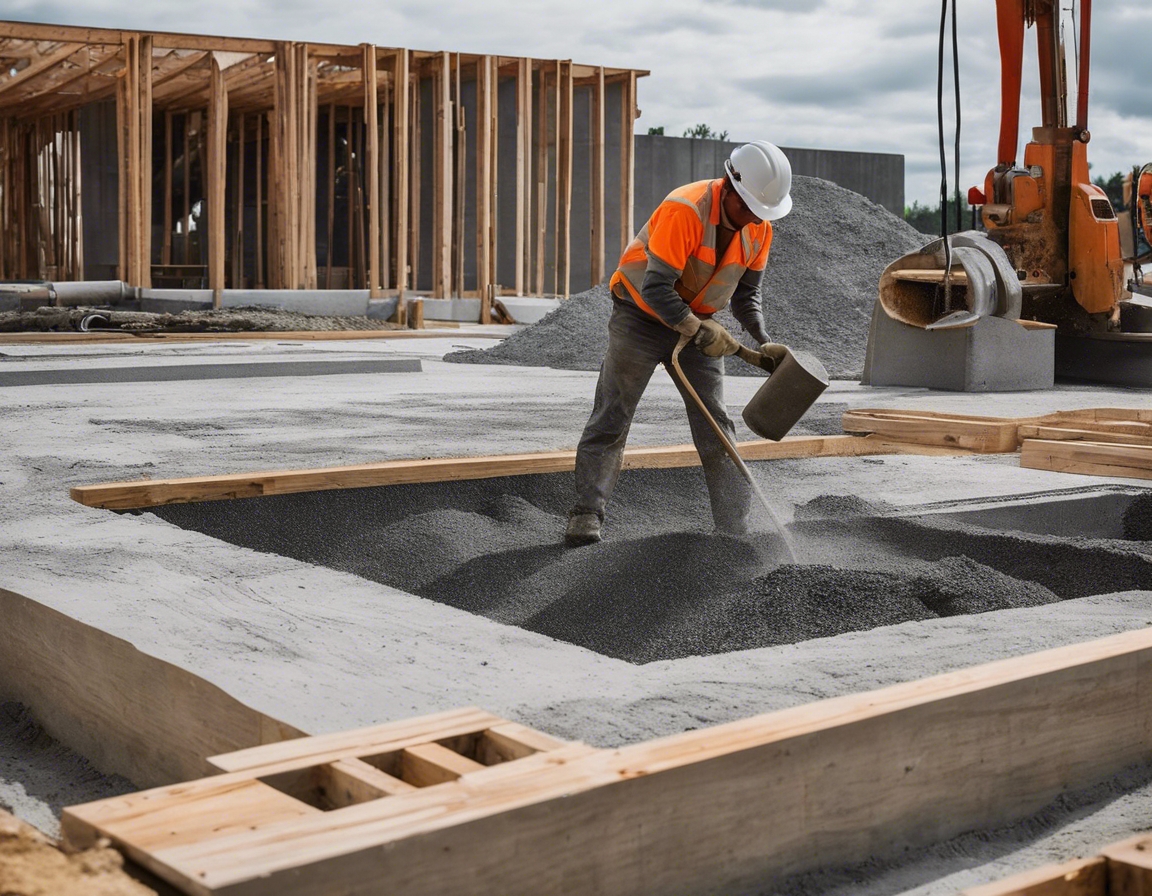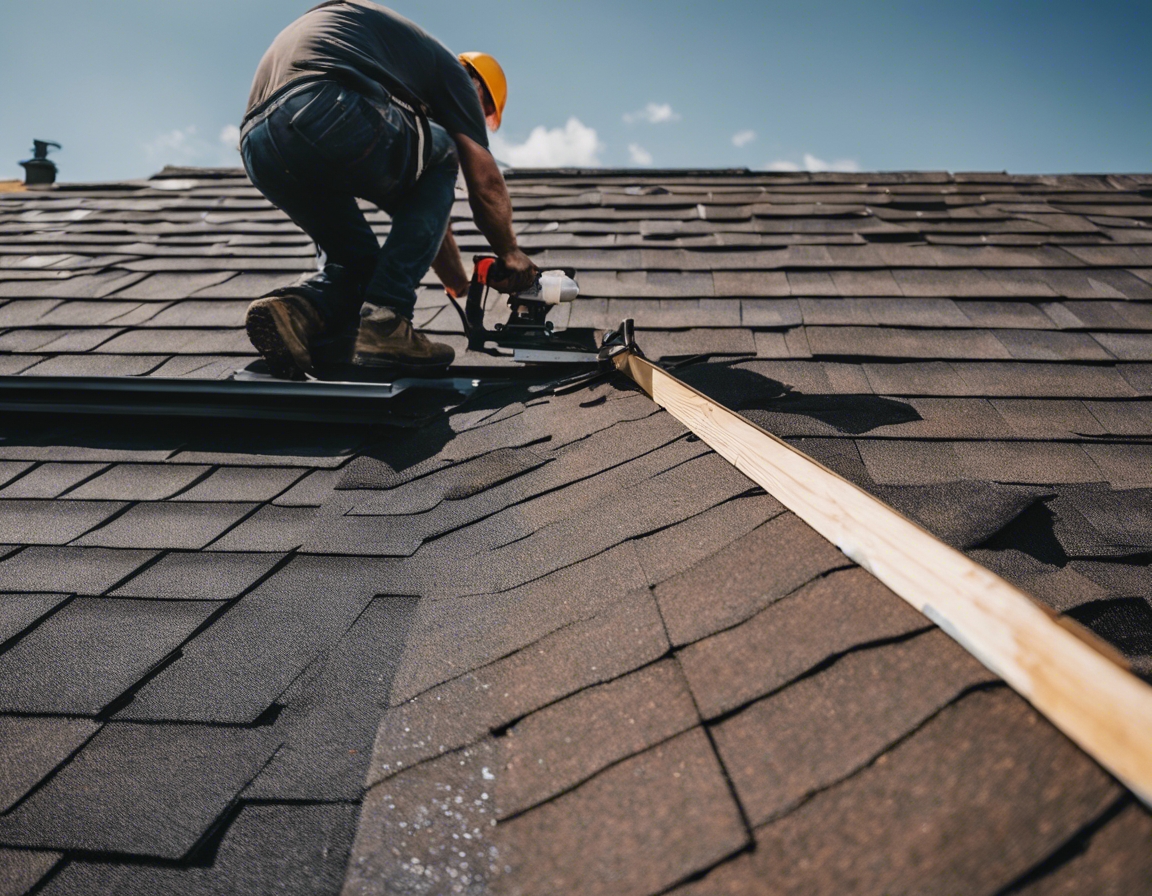5 trends shaping the future of sustainable construction
As the world becomes increasingly aware of the environmental impact of traditional construction methods, sustainable construction has emerged as a critical movement within the industry. Sustainable construction involves the use of eco-friendly materials and practices that aim to reduce a building's carbon footprint, conserve resources, and create healthier living spaces.
Emerging Trends in Sustainable Construction
One of the most significant trends in sustainable construction is the shift towards green building materials. These materials are sourced from renewable resources, have a lower environmental impact, and are often recyclable or biodegradable. Examples include bamboo, recycled steel, and low-VOC (volatile organic compounds) paints.
Energy efficiency is at the forefront of sustainable construction. Buildings are being designed to reduce energy consumption through better insulation, high-efficiency windows, and LED lighting. Moreover, the integration of renewable energy sources such as solar panels and wind turbines is becoming more common, making buildings self-sufficient and reducing reliance on fossil fuels.
Advanced building techniques such as modular construction and 3D printing are revolutionizing the construction industry. These methods not only speed up the building process but also reduce waste and improve precision. Modular construction, for example, allows for components to be prefabricated in a controlled environment, minimizing on-site environmental disruption.
Water conservation is another key aspect of sustainable construction. Techniques such as rainwater harvesting, greywater recycling, and the installation of water-efficient fixtures are becoming standard practices. These methods help in reducing the overall water footprint of buildings and contribute to a more sustainable management of this vital resource.
The concept of smart cities is closely tied to sustainable construction. Smart cities use technology to optimize resource use, reduce pollution, and improve overall quality of life. Sustainable urban development focuses on creating spaces that promote walkability, reduce traffic congestion, and incorporate green spaces, all of which contribute to a lower carbon footprint and a healthier urban environment.






Comments (0)